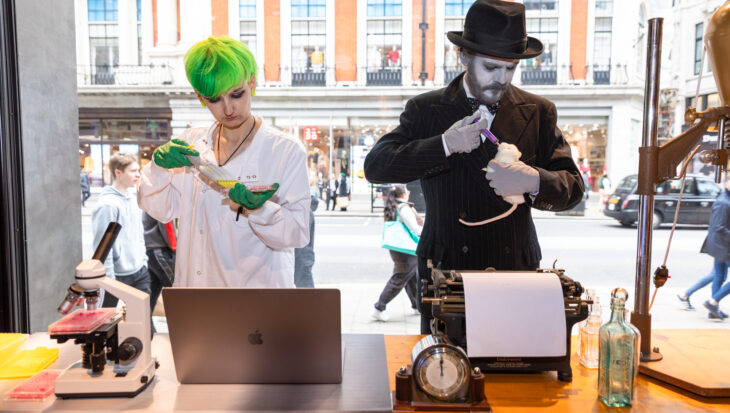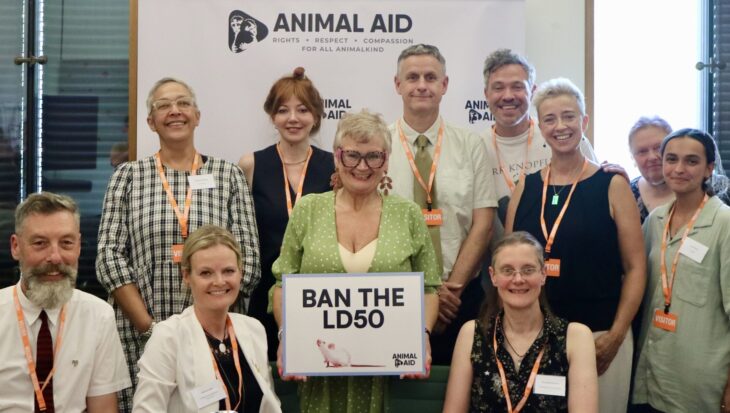This article is republished from OneHMRC – the staff magazine of Her Majesty’s Revenue and Customs
A project from Norwich, now gone national, is pulling in millions of pounds of extra VAT from the shooting industry.
Traditionally VAT officers have viewed the agricultural sector as low risk, because food and its production are zero-rated so little VAT is due, although it has always been a high risk area for direct taxes.
But rural estates are earning only a third of their income from agricultural commodities like milk or grain. It would have been 60 per cent 10 years ago, and most of the businesses they’ve diversified into should charge VAT.
“Someone from the industry complained to us about widespread evasion,” explained John Spelling of Norwich VAT office, the national coordinator of the shooting project.
“I went on the internet and within 30 seconds found several sites offering VAT free shooting, which isn’t right.”
Norwich got approval to do a pilot, visited five businesses and found all of them owed VAT. So the pilot was extended – they went to a hundred shooting businesses, generating an average extra tax take of £19,000 a visit. Then they went national to check over 1,200. Indications are they’re getting the same sort of results. The pilot ends in March.
“It’s a wonderful project with spectacular results,” said John. “The 60 VAT officers are volunteers and they’re so enthusiastic, doing lots of research and sharing ideas, and the results show that. I encourage them to use their initiative, and although they’re in little teams across the country, we’re working as one.”
The VAT project also liaises with direct tax colleagues – Andrew Thistlewood from the Risk Team at Lincoln is their main contact.
“Earlier in the year I outlined some of the things the VAT staff should look for from a direct tax point of view,” said Andrew. “They can, for example, identify employer compliance risks, like managers hiring casual staff and paying them without making the deductions they should. They have forwarded information for us to follow up.”
The project’s success owes much to local staff spotting a new risk, understanding the industry better, and the enthusiasm of officers working on something they believe in.
But the other key factor has been working in partnership with the two industry bodies – the Country Landowners and Businesses Association, and the British Association of Shooting and Conservation – to inform their members, because many people just don’t know what they should be doing.
Both published information about tax on their websites, and carried stories in their publications about how their 275,000 members should be accounting for VAT.
John would like to see the project extended to cover other businesses farmers have diversified into to make money. It would also be a good opportunity for direct tax teams, and education staff to work with the VAT teams.
Despite the stereotype game-shooting of grouse, partridge and pheasant isn’t just a toff’s sport. With a turnover of £1.6 billion a year the industry is much more diverse, employing 70,000 people, and it’s very popular as corporate entertainment.

